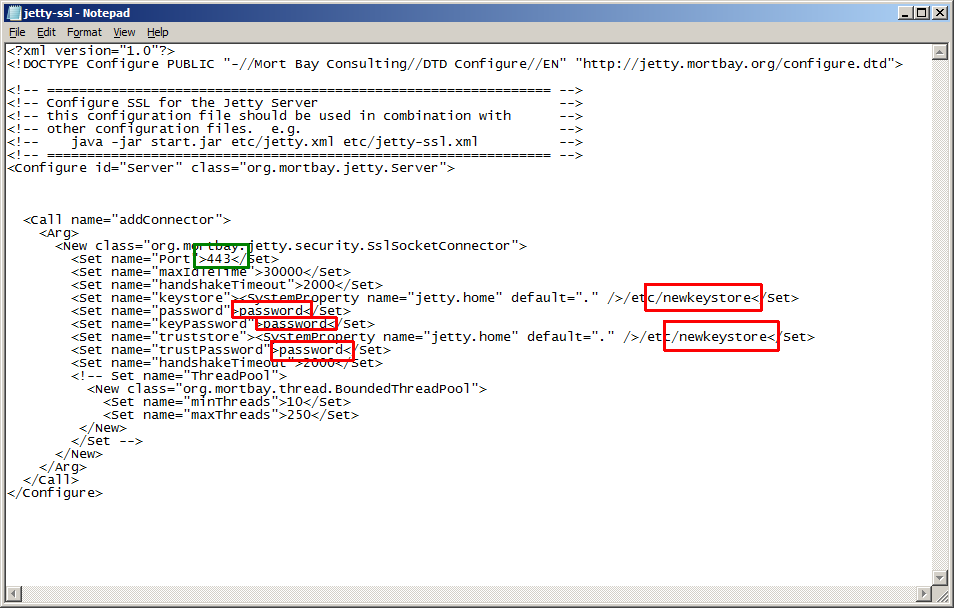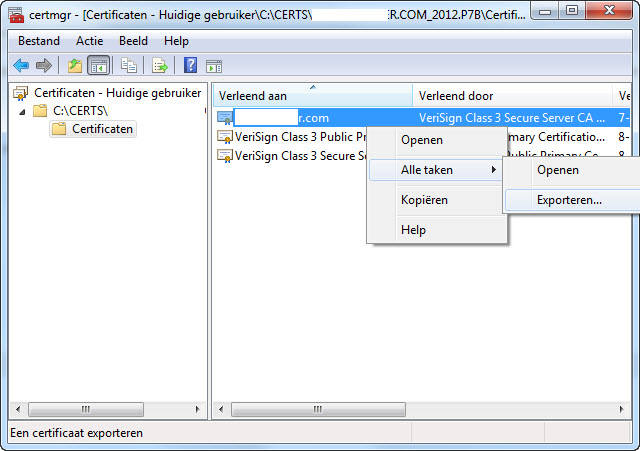

- #Openssl print certificate how to
- #Openssl print certificate install
- #Openssl print certificate code

You can get your website online in minutes. We recommend using Elementor Cloud Website. Web Hosting on Google Cloud + SSL certificate + WordPress + Website Builder + Templates. It is an end-to-end solution gives you everything you need in one place for your website. They offer fast speeds, good uptime, and excellent customer support.

If you need a free SSL certificate for your website, Elementor Cloud Website is a great option.
#Openssl print certificate install
#Openssl print certificate how to
This quick reference can help us understand the most common OpenSSL commands and how to use them. If you only need the certificates, use -nokeys (and since we aren’t concerned with the private key we can also safely omit -nodes): openssl pkcs12 -info -in INFILE.OpenSSL is an open-source command-line tool that is commonly used to generate private keys, create CSRs, install our SSL/TLS certificate, and identify certificate information. If you only want to output the private key, add -nocerts to the command: openssl pkcs12 -info -in INFILE.p12 -nodes -nocerts END ENCRYPTED PRIVATE KEY- Extract Only Certificates or Private Key SGVCCBj5vBpSbBXAGbOv74h4satKmAMgGc8SgU06geS9gFgt/wLwehMJ/H4BSmexĤS/2tYzZrDBJkfH9JpggubYRTgwfAGY2BkX03dK2sqfu+QVTVTKMj2VI0sKcFfLZ MBQGCCqGSIb3DQMHBAiXdeymTYuedgSCBMjwGg78PsqiNJLfpDFbMxL98u3tK9Cs MIIFDjBABgkqhkiG9w0BBQ0wMzAbBgkqhkiG9w0BBQwwDgQIGwhJIMXRiLQCAggA In this case, you will be prompted to enter and verify a new password after OpenSSL outputs any certificates, and the private key will be encrypted (note that the text of the key begins with -BEGIN ENCRYPTED PRIVATE KEY-): Enter PEM pass phrase: If you would like to encrypt the private key and protect it with a password before output, simply omit the -nodes flag from the command: MQswCQYDVQQGEwJVUzEOMAwGA1UECAwFVGV4YXM圎DAOBgNVBAcMB0hvdXN0b24xĮTAPBgNVBAoMCFNTTCBDb3JwMTowOAYDVQQDDDFTU0wuY29tIENsaWVudCBDZXJ0īwK6ABAZUq6QcvhD0LYsXya+ncDCR6wxb9E0DWd4ATQMzxGTu/yE3kT+9Ef6IY+nĪrmh3HZUfan2Hb64YD0tjLMca/PC+sKAZu28gB/3HQRHIFugvh6RO3bIoorl0jUg MIIF1DCCA7ygAwIBAgIQcOrAJCMayJsZBKJsyz/aQDANBgkqhkiG9w0BAQsFADB+ Subject=/CN=Aaron Corp/CN=SSL.com Client Certificate Intermediate CA RSA R1

OpenSSL will output any certificates and private keys in the file to the screen: Bag Attributes Type the password entered when creating the PKCS#12 file and press enter. You will then be prompted for the PKCS#12 file’s password: Enter Import Password: To dump all of the information in a PKCS#12 file to the screen in PEM format, use this command: openssl pkcs12 -info -in INFILE.p12 -nodes In all of the examples shown below, substitute the names of the files you are actually working with for INFILE.p12, OUTFILE.crt, and OUTFILE.key.


 0 kommentar(er)
0 kommentar(er)
